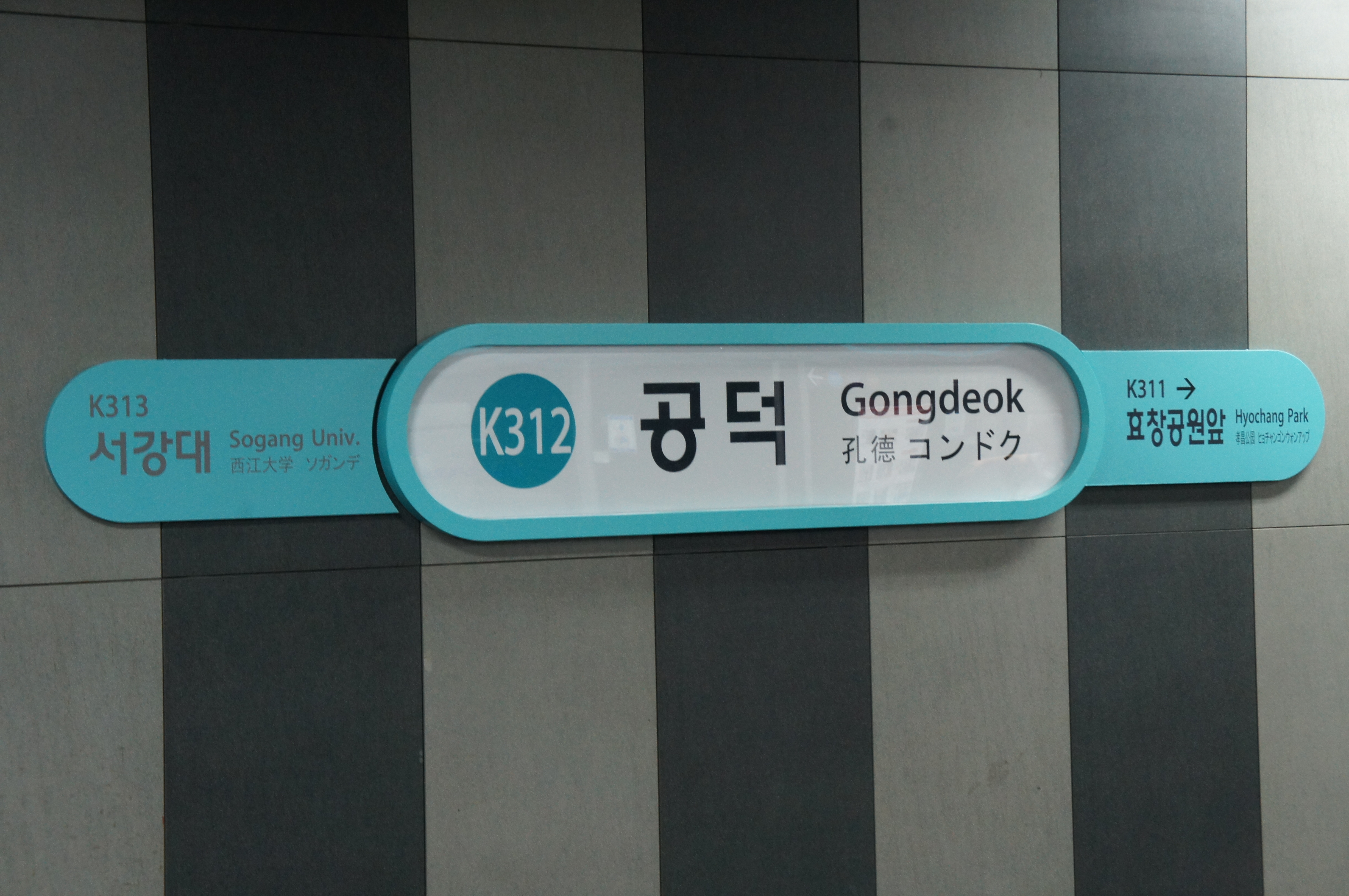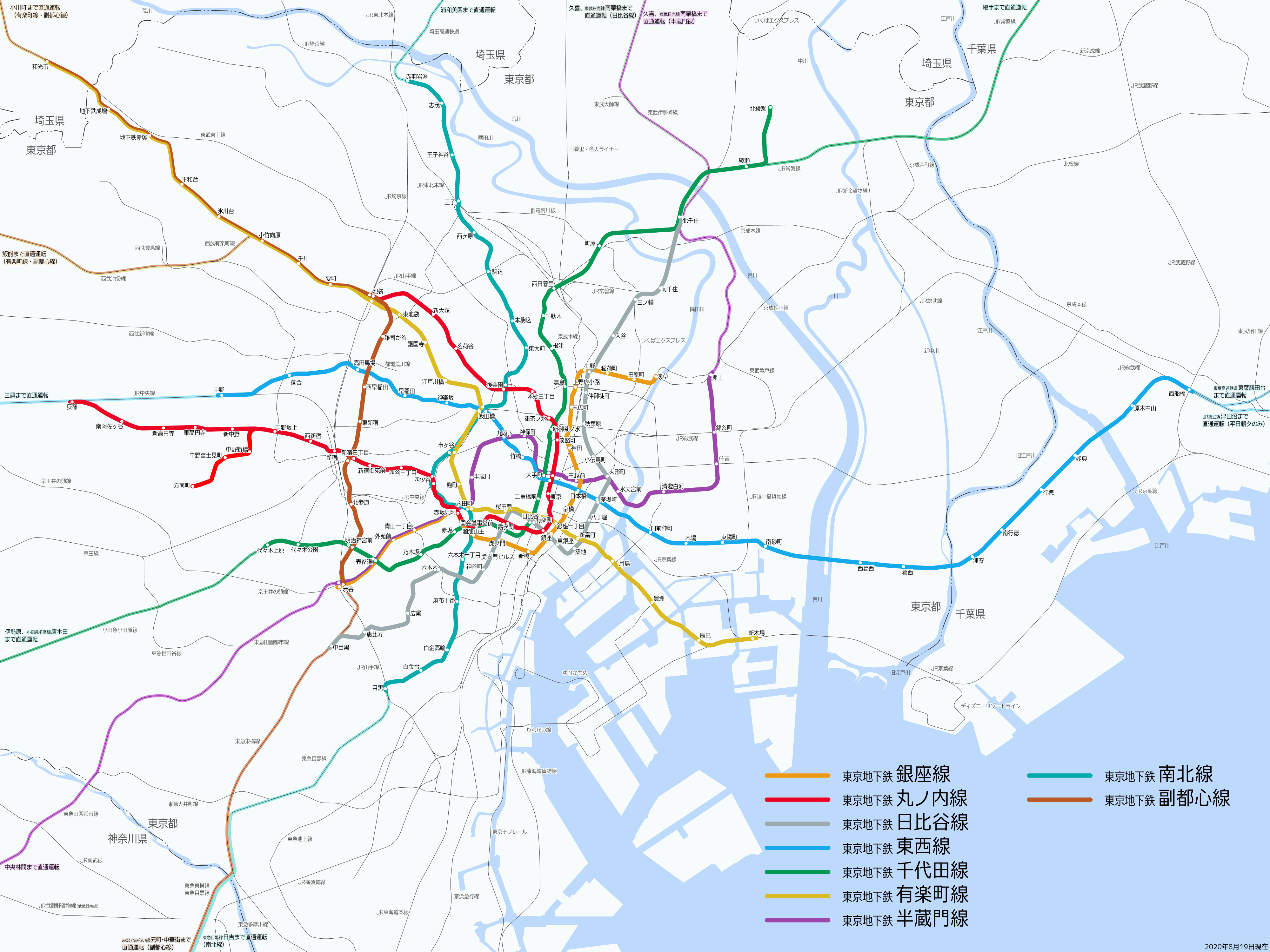|
Ueda Electric Railway Bessho Line
The is an Japanese railway line in Ueda, Nagano, Japan, operated by the private railway operator . It connects Ueda and Bessho-Onsen stations. This is currently the only railway line Ueda Dentetsu operates. Although the company is the root of its holding company, , the group now mainly operates resort amusement facilities and bus lines. Ueda Kōtsū is owned by Tokyu Corporation. The railway line lacked funds to upgrade the infrastructure to meet the new safety standards, and separated to become the present company. Stations Rolling stock , the fleet of trains operated on the line is as follows. * 1000 series 2-car EMUs x4 (former Tokyu 1000 series, since 2008) * 6000 series 2-car EMU x1 (former Tokyu 1000 series, since 28 March 2015) * 7200 series 2-car EMU x1 (former Tokyu 7200 series, since 29 March 1998) File:Ueda dentetsu 1001 20120505.jpg, 1000 series set 1001 in May 2012. Front designation/service signs shown are from former Tokyu Toyoko line service with through- ... [...More Info...] [...Related Items...] OR: [Wikipedia] [Google] [Baidu] |
Ueda, Nagano
is a Cities of Japan, city located in Nagano Prefecture, Japan. , the city had an estimated population of 157,480 in 67,783 households, and a population density of 290 persons per km2. The total area of the city is , which makes it the fifth largest city in Nagano Prefecture in terms of area. Geography Ueda is located in central Nagano Prefecture, some 40 kilometers from the prefectural capital of Nagano (city), Nagano City and 190 kilometers from Tokyo. The Chikuma River divides the city into two parts. Surrounding municipalities * Gunma Prefecture ** Tsumagoi, Gunma, Tsumagoi *Nagano Prefecture ** Aoki, Nagano, Aoki ** Chikuhoku, Nagano, Chikuhoku ** Chikuma, Nagano, Chikuma ** Matsumoto, Nagano, Matsumoto ** Nagano, Nagano, Nagano ** Nagawa, Nagano, Nagawa ** Suzaka, Nagano, Suzaka ** Tōmi, Nagano, Tōmi Climate The city has a climate characterized by hot and humid summers, and relatively mild winters (Köppen climate classification ''Cwa''). The average annual temperature ... [...More Info...] [...Related Items...] OR: [Wikipedia] [Google] [Baidu] |
Driver-only Operation
One-person operation (OPO), also known as driver-only operation (DOO), one-man operation (OMO), single person train operation (SPTO), or one-person train operation (OPTO), similarly to driver-controlled operation, is operation of a train, bus, or tram by the driver alone, without a conductor. On one-person operated passenger trains, the engineer must be able to see the whole train to make sure that all the doors are safe for departure. On curved platforms a CCTV system, mirror or station dispatch staff are required. Although extra infrastructure such as cameras and mirrors might require additional investment, one-person operation is usually faster and cheaper to implement than automatic train operation, requiring a smaller investment in, for example, platform intruder detection systems and track protection (fencing, bridge-caging, CCTV etc.). In some cases, one-person operation can be seen as an intermediate step towards automatic train operation. While European freight tr ... [...More Info...] [...Related Items...] OR: [Wikipedia] [Google] [Baidu] |
Railway Lines Opened In 1921
Rail transport (also known as train transport) is a means of transport using wheeled vehicles running in railway track, tracks, which usually consist of two parallel steel railway track, rails. Rail transport is one of the two primary means of land transport, next to road transport. It is used for about 8% of passenger and rail freight transport, freight transport globally, thanks to its Energy efficiency in transport, energy efficiency and potentially high-speed rail, high speed.Rolling stock on rails generally encounters lower friction, frictional resistance than rubber-tyred road vehicles, allowing rail cars to be coupled into longer trains. Power is usually provided by Diesel locomotive, diesel or Electric locomotive, electric locomotives. While railway transport is capital intensity, capital-intensive and less flexible than road transport, it can carry heavy loads of passengers and cargo with greater energy efficiency and safety. Precursors of railways driven by human or an ... [...More Info...] [...Related Items...] OR: [Wikipedia] [Google] [Baidu] |
Railway Lines In Nagano Prefecture
Rail transport (also known as train transport) is a means of transport using wheeled vehicles running in tracks, which usually consist of two parallel steel rails. Rail transport is one of the two primary means of land transport, next to road transport. It is used for about 8% of passenger and freight transport globally, thanks to its energy efficiency and potentially high speed.Rolling stock on rails generally encounters lower frictional resistance than rubber-tyred road vehicles, allowing rail cars to be coupled into longer trains. Power is usually provided by diesel or electric locomotives. While railway transport is capital-intensive and less flexible than road transport, it can carry heavy loads of passengers and cargo with greater energy efficiency and safety. Precursors of railways driven by human or animal power have existed since antiquity, but modern rail transport began with the invention of the steam locomotive in the United Kingdom at the beginning of the 19th ... [...More Info...] [...Related Items...] OR: [Wikipedia] [Google] [Baidu] |
List Of Railway Lines In Japan
List of railway lines in Japan lists existing Rail transport, railway lines in Japan alphabetically. The vast majority of Japanese railways are classified under two Japanese laws, one for and another for . The difference between the two is a legal, and not always substantial, one. Some regional rail lines are classified as ''kidō'', while some light rail lines are actually ''tetsudō''. There are also other railways not legally classified as either ''tetsudō'' or ''kidō'', such as List of airport people mover systems, airport people movers, ''slope cars'' (automated small Rack railway, rack monorails), or amusement park rides. Those lines are not listed here. According to the laws, ''tetsudō'' and ''kidō'' include conventional railways (overground or Subway (rail), underground, including subways), as well as maglev trains, monorails, ''new transit systems'' (a blanket term roughly equivalent to people mover or automated guideway transit in other countries), ''Skyrail Midoriz ... [...More Info...] [...Related Items...] OR: [Wikipedia] [Google] [Baidu] |
List Of Railway Companies In Japan
List of railway companies in Japan lists Japanese railway operators. Those in ''italics'' are the third-sector operators; being half-public, half-private. Japan Railways Group The Japan Railways Group consists of the seven companies that were formed after the privatization of the Japanese National Railways. ;Passenger * * * * * * ;Freight * Sixteen Major Private Railways ; Kantō region * Keikyu Corporation 京浜急行電鉄 (京急) * Keio Corporation 京王電鉄 * Keisei Electric Railway 京成電鉄 * Odakyu Electric Railway 小田急電鉄 * Sagami Railway (Sotetsu) 相模鉄道 (相鉄) * Seibu Railway 西武鉄道 * Tobu Railway 東武鉄道 * Tokyo Metro 東京地下鉄 (東京メトロ) * Tokyu Railways 東急電鉄 ; Chūbu region * Nagoya Railroad (Meitetsu) 名古屋鉄道 (名鉄) ; Kansai region * Hankyu Corporation 阪急電鉄 * Hanshin Electric Railway 阪神電気鉄道 * Keihan Electric Railway 京阪電気鉄道 * Kintetsu Railway � ... [...More Info...] [...Related Items...] OR: [Wikipedia] [Google] [Baidu] |
Station Numbering
Station numbering is a sign system which assigns station codes consisting of a few letters and numbers to train stations. It aims to facilitate navigation for foreign travelers not familiar with the local language by using globally understood characters ( Latin letters and Arabic numbers). The system is now in use by various railway companies around the world such as in mainland China, Indonesia, Japan, South Korea, Singapore, Taiwan, Thailand, and the United States. History Station numbering was first introduced—but to less fanfare—in South Korea, by the Seoul Metropolitan Subway in 1983 as a section of Seoul Subway Line 2 ( Euljiro 1-ga to Seongsu) was opened. Its first usage in Japan was in the Nagasaki Electric Tramway where it was introduced in May 1984."History of Nagasaki Electric Tramway line transition", ''Stadtbahn'' issue 9, April 1984 The Tokyo subway system introduced station numbering in 2004. Sports events are usually the turning point for the introduct ... [...More Info...] [...Related Items...] OR: [Wikipedia] [Google] [Baidu] |
Hibiya Line
The is a subway line in Tokyo, Japan, owned and operated by Tokyo Metro. The line was named after the Hibiya area in Chiyoda's Yurakucho district, under which it passes. On maps, diagrams and signboards, the line is shown using the color silver, and its stations are given numbers using the letter "H". Overview The Hibiya Line runs between in Meguro and in Adachi. The line's path is somewhat similar to that of the Ginza Line; however, the Hibiya Line was designed to serve a number of important districts, such as Ebisu, Roppongi, Tsukiji, Kayabachō and Senju, which were not on an existing line. The Hibiya Line became the first line operated by Tokyo Metro to offer through services with a private railway, and the second Tokyo subway line overall after the Toei Asakusa Line. It is connected to the Tobu Skytree Line at , and through services operate between Naka-Meguro and on the Tobu Skytree Line, and onward to on the Tobu Nikko Line.Tobu Timetable, 16 March 2013, p.17 ... [...More Info...] [...Related Items...] OR: [Wikipedia] [Google] [Baidu] |
Tokyo Metro
The Tokyo Metro () is a major rapid transit system in Tokyo, Japan, operated by the #Organization, Tokyo Metro Co. With an average daily ridership of 6.52 million passengers (as of 2023), the Tokyo Metro is the larger of the Tokyo subway, two subway operators in the city, the other being the Toei Subway, with 2.85 million average daily rides. Organization Tokyo Metro is operated by , a joint-stock company jointly owned by the Government of Japan and the Tokyo Metropolitan Government. The company, founded as a part of then-Prime Minister Junichiro Koizumi's policy of converting statutory corporations into Joint-stock company, joint-stock companies, replaced the , commonly known as Eidan or TRTA, on April 1, 2004. TRTA was administered by the Ministry of Land, Infrastructure and Transport (Japan), Ministry of Land, Infrastructure and Transport, and jointly funded by the national and metropolitan governments. It was formed in 1941 as a part-nationalization of the Tokyo Undergrou ... [...More Info...] [...Related Items...] OR: [Wikipedia] [Google] [Baidu] |






